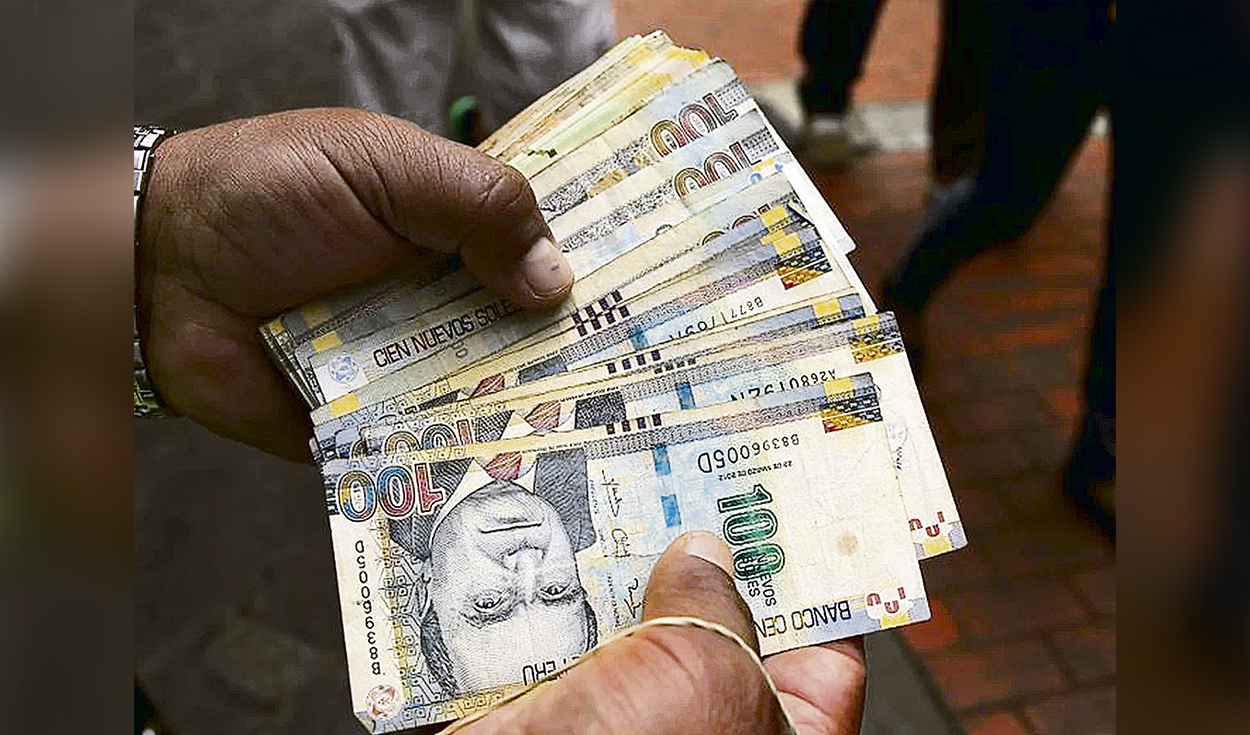
Friday, December 15, is the deadline for private sector employers to deposit the Christmas bonus payment to their workers. This is a work benefit that all private sector collaborators receive without exception, as long as they have an indefinite-term, fixed-term or part-time contract.
“Failure to comply with this obligation entails the imposition of a fine that will depend on the number of workers affected and the amount of the current UIT. This, without prejudice to the payment of interest generated until the date on which it becomes effective. A fine to the employer for not paying this benefit can range from S/7,771 and up to S/129,294, and in the case of microenterprises, between S/544 and S/2,227“says Mauricio Matos, partner in the Labor Area of EY Peru.
How is non-compliance verified?
Matos explained that, to impose a fine, the National Superintendence of Labor Supervision (Sunafil) verifies compliance with labor obligations by the employer through investigative or evidentiary inspection actions.
In this process, commissioned labor inspectors can carry out visits to the workplace without prior notice, data reviews and request for information through the electronic box, and even require the appearance of the inspected at the Sunafil offices.
Once this process has been executed, in the event that the inspector detects that the company has not complied with the timely payment of the bonus, he or she may issue a compliance requirement.
“If the company does not comply with what is required by Sunafil, the inspector proceeds to issue an infraction report proposing the imposition of a fine on the company. This infringement report is not properly a fine, but it begins the sanctioning stage that could eventually conclude with the imposition of a fine”, points out the EY Peru partner.
How is the bonus calculated?
In addition to knowing the process of verification and imposition of fines, it is important for companies to correctly calculate the amount of the reward to certify that it was made in full. For this reason, EY Perú explains, below, what variables must be taken into account to calculate the amount of the bonus 2023:
Monthly remuneration, extra remuneration and variable payments:
The amount of the bonus is calculated based on the remuneration that the worker regularly receives as of November 30. However, if the worker has received other remuneration supplements (bonuses, overtime or others) during the semester, These will be included in the calculation, as long as they have been received three or more times within the period. If applicable, these complementary payments must be added and divided by six.
On the contrary, if the worker receives an imprecise or variable main remuneration, the amount will be determined based on the average of what was received between the months of June to November.
Frequency of work:
The payment of the bonus is subject to the worker having worked for at least one full month between the months of July to December, and being working at the time when the benefit is due, in this case, on December 15. .
However, if the worker worked more than one month, but is not working on the date of payment of the bonus, You will receive a proportional bonus based on the months worked between July and December.
Laboral benefits:
In no case are concepts that are not remunerative (utilities, food benefits, mobility dependent on attendance at the workplace, among others) included in the calculation of the bonus, nor are the working conditions that are necessary for the provision of the benefit. service.
Contribution to ONP/AFP, EsSalud and EPS and payment of taxes:
The gratuity is a payment that is not subject to contributions and contributions of any kind, such as contributions to the ONP/AFP or EsSalud. However, to the extent that the contribution to the latter entity is the responsibility of the employer, These must pay their workers the equivalent of said contribution (9%) as an extraordinary bonus.
If the worker is affiliated with a Health Provider Entity (EPS), the amount of this bonus will amount to 6.75% of the bonus amount. It should be noted that the bonuses are income subject to the payment of fifth category income tax.
Payment of debts with the employer:
Gratuities cannot be compensated for debts that the worker has with the employer, unless there is express authorization from the former.
“Failure to pay the bonus is classified as a serious infraction in labor relations. Therefore, it is essential that companies have good salary planning throughout the year and correctly take into account all the variables included in its payment, with the aim of depositing it in a complete and timely manner, and not incurring in no sanction or fine”, concludes Mauricio Matos.
Source: Larepublica
Alia is a professional author and journalist, working at 247 news agency. She writes on various topics from economy news to general interest pieces, providing readers with relevant and informative content. With years of experience, she brings a unique perspective and in-depth analysis to her work.












